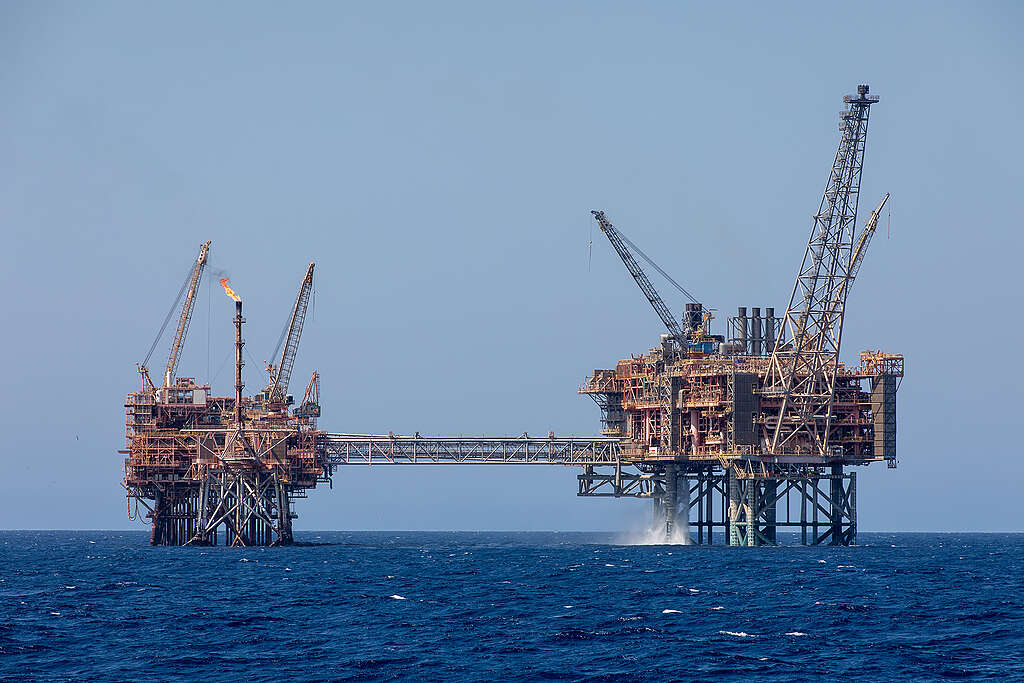WA’s ageing offshore oil and gas structures are a risk, but also an opportunity. If these companies clean up properly, the steel structures can power the local green industry, provide jobs and assist with the energy transition.
Sitting off the North West Coast of Western Australia lies a strange abundance of material that could be a significant new industry for WA’s economy. No, it’s not more oil and gas reserves, it’s the steel structures that oil and gas companies have built to extract the hydrocarbons that lie beneath the ocean floor. If those companies are forced to clean up after themselves and recycle their materials at home, there are huge benefits to be made for our environment and our economy.
110 Sydney Harbour Bridges worth of steel currently sits in the oceans around Australia with nearly 90% off the WA coast. This is both a huge risk and opportunity that WA needs to prioritise. To highlight the key details of Western Australia’s decommissioning needs and opportunities, Greenpeace Australia Pacific, the Wilderness Society, the Conservation Council WA, the ETU, MUA, AMWU and UnionsWA have teamed up to produce a new report, WA Can’t Wait.

Most of WA’s oil and gas platforms and structures are reaching their end of use, and the operators are required under federal law to clean it up, along with all the pipes, wellheads, jackets and associated material. A process called ‘decommissioning’. Unfortunately, the companies often seem to do their best to avoid removing their industrial waste from our oceans. Since it costs them money to do it, they instead come up with arguments as to why they should be allowed to leave their trash behind.
The reality is that the longer they leave it, the more dangerous the material becomes for the environment and the workers who eventually have to remove it. All the major operators, including Woodside, Chevron and Santos have seen a litany of safety complaints and environmental impacts due to their dodgy decommissioning. The federal regulator NOPSEMA has issued numerous notices against industry culprits citing oil spills, gas leaks, and “preventable safety incidents resulting in injury”. It’s simply not good enough.
In Western Australia there is even more concern since NOPSEMA only has oversight of operations in Commonwealth waters. In WA there is also a significant volume of material that sits within State waters and so avoids the scrutiny of the federal regulator. Chevron has already been pressuring the WA Department of Local Government, Industry Regulation and Safety (LGIRS), into allowing them to leave their waste in the water. A common pitch is that the structures can become ‘artificial reefs’ if left in place – but it is clear that this is a cynical avoidance of responsibility. Leaving these massive structures in our oceans to decay is polluting, dangerous and a wasted opportunity.
The upside to this story is that if State and Federal Governments can tighten the rules and properly enforce oil and gas companies to fully decommission their operations, all that steel can become a valuable commodity to benefit our economy and kickstart the transition to a renewable based industry.
Currently, Australia recycles precious little of our steel, and Western Australia has no facilities capable of processing the product. It mostly gets shipped offshore to furnaces in Asia where it is melted back down and repurposed into the steel market, providing very little benefit back to the Australian economy.

Steel making is one of the most energy intensive and emissions heavy industries on the planet and so recycling steel is a key way to cut out much of the process and significantly reduce emissions. Even better if the scrap steel recycling furnaces are powered by renewable energy – much like the Green Steel WA plant being set up in Collie.
The opportunity writes itself. If WA can set up a decommissioning hub and companies are properly required to fully decommission their infrastructure, an immediate feedstock of scrap steel becomes available to local renewable-powered scrap steel furnaces. The resulting product can then be sold straight into the domestic market for the manufacture of transmission lines, wind turbine towers and other materials needed for the build out of renewable energy. This generates more jobs and keeps the value of the product within WA to create a resilient supply of domestic steel needed for the transition.
This is what transition planning looks like. If we can get the right policies in place there can be good outcomes for workers, the planet and the economy.
Requiring oil and gas companies to properly clean up after themselves is not only the right thing to do for our oceans, it’s a pathway for workers transitioning out of the industry and a stepping stone into a lower-emissions, renewable powered economy.
